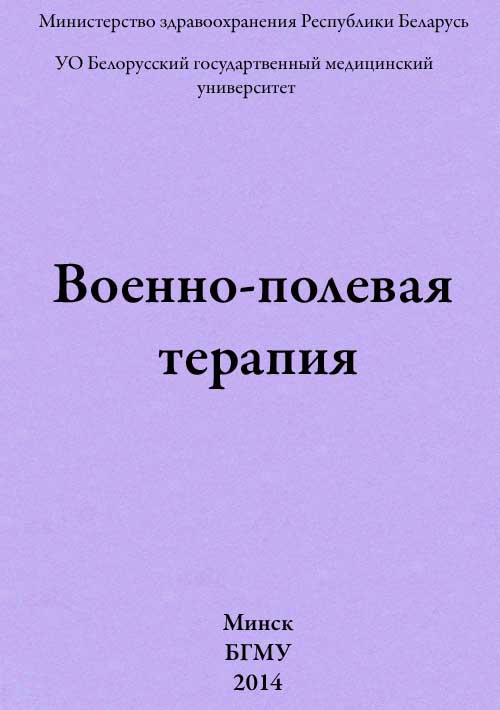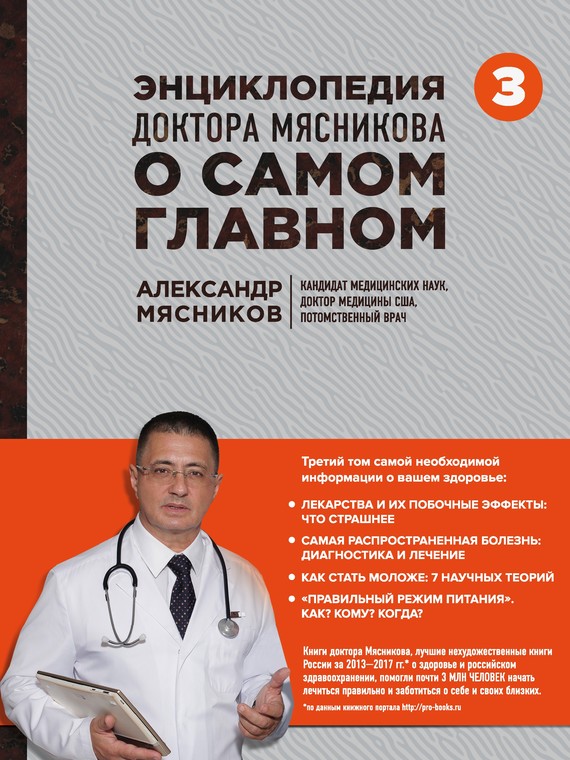Ссылки
1. Boseley S. Scandal of scientists who take money for papers ghostwritten by drug companies.The Guardian. 2002 Feb 7.
2. Vandenbroucke J.P. Without new rules for industry-sponsored research, science will cease to exist. BMJ. 2005 Dec 14.
3. McHenry L. Biomedical research and corporate interests: a question of academic freedom. Mens Sana Monographs. 2008 Jan 1.
4. Brynner R., Stephens T. Dark Remedy: the impact of thalidomide and its revival as a vital medicine. New York: Perseus Publishing; 2001.
15. Avorn J. Powerful Medicines: the benefits, risks, and costs of prescription drugs. New York: Vintage ooks; 2005.
6. Medawar C., Hardon A. Medicines out of Control? Antidepressants and the conspiracy of goodwill. Netherlands: Aksant Academic Publishers; 2004.
7. Kassirer J.P. On the Take: how medicine’s complicity with big business can endanger your health. Oxford: Oxford University Press; 2005.
8. Wiviott S.D., Braunwald E., McCabe C.H., et al. Prasugrel versus clopidogrel in patients with acute coronary syndromes. N Engl J Med. 2007; 357: 2001–15.
9. Home P.D., Pocock S.J., Beck-Nielsen H., et al. Rosiglitazone evaluated for cardiovascular outcomes – an interim analysis. N Engl J Med. 2007; 357: 28–38.
10. Wallentin L., Becker R.C., Budaj A., et al. Ticagrelor versus clopidogrel in patients with acute coronary syndromes. N Engl J Med. 2009; 361: 1045–57.
11. Serebruany V.L., Atar D. Viewpoint: Central adjudication of myocardial infarction in outcomedriven clinical trials – common patterns in TRITON, RECORD, and PLATO? Thromb Haemost. 2012; 108: 412–14.
12. Davidoff F., DeAngelis C.D., Drazen J.M., et al. Sponsorship, authorship, and accountability. JAMA. 2001; 286: 1232–4.
13. Nordic Medical Research Councils’ HIV Therapy Group. Double-blind dose-response study of zidovudine in AIDS and advanced HIV infection. BMJ. 1992; 304: 13–17.
14. Gerstoft J., Melander H., Bruun J.N., et al. Alternating treatment with didanosine and zidovudine versus either drug alone for the treatment of advanced HIV infection: the ALTER study. Scand J Infect Dis. 1997; 29: 121–8.
15. G?tzsche P.C., Hr?bjartsson A., Johansen H.K., et al. Constraints on publication rights in industry initiated clinical trials. JAMA. 2006; 295: 1645–6.
16. Bassler D., Briel M., Montori V.M., et al. Stopping randomized trials early for benefit and estimation of treatment effects: systematic review and meta-regression analysis. JAMA. 2010; 303:1180–7.
17. Schulman K.A., Seils D.M., Timbie J.W., et al. A national survey of provisions in clinical-trial agreements between medical schools and industry sponsors. N Engl J Med. 2002; 347: 1335–41.
18. Mello M.M., Clarridge B.R., Studdert D.M. Academic medical centers standards for clinical-trial agreements with industry. N Engl J Med. 2005; 352: 2202–10.
19. Meier B. Contracts keep drug research out of reach. New York Times. 2004 Nov 29.
20. Steinbrook R. Gag clauses in clinical-trial agreements. N Engl J Med. 2005; 352: 2160–2.
21. Bekelman J.E., Li Y., Gross C.P. Scope and impact of financial conflicts of interest in biomedical research: a systematic review. JAMA. 2003; 289: 454–65.
22. Statistics from the EudraCT database. EMEA/363785/2005.
23. Relman A.S., Angell M. America’s other drug problem: how the drug industry distorts medicine and politics. The New Republic. 2002 Dec 16: 27–41.
24. Department of Health and Human Services, Office of Inspector General. Recruiting Human Subjects: pressures in industry-sponsored clinical research. June 2000, OEI-01-97-00195 (accessed 18 February 2008).
25. Cuatrecasas P. Drug discovery in jeopardy. J Clin Invest. 2006; 116: 2837–42.
26. Werk? L. [It is always about the life] [Swedish]. Helsingborg: AB Boktryck; 2000.
27. Boseley S. Junket time in Munich for the medical profession – and it’s all on the drug fi rms. The Guardian. 2004 Oct 5.
28. Gagnon M.-A. The Nature of Capital in the Knowledge-Based Economy: the case of the global pharmaceutical industry [dissertation]. Toronto: York University; May 2009.
29. Angell M. The Truth about the Drug Companies: how they deceive us and what to do about it. New York: Random House; 2004.
30. Elliott C. The drug pushers. The Atlantic Monthly. 2006 April.
31. Marcovitch H. Editors, publishers, impact factors, and reprint income. PLoS Med. 2010; 7: e1000355.
32. Bodenheimer T. Uneasy alliance – clinical investigators and the pharmaceutical industry. N Engl J Med. 2000; 342: 1539–44.
33. Rennie D. When evidence isn’t: trials, drug companies and the FDA. J Law Policy. 2007 July: 991–1012.
34. Kesselheim A.S., Robertson C.T., Myers J.A., et al. A randomized study of how physicians interpret research funding disclosures. N Engl J Med. 2012; 367: 1119–27.
35. Drazen J.M. Believe the data. N Engl J Med. 2012; 367: 1152–3.
36. Sun X., Briel M., Busse J.W., et al. The infl uence of study characteristics on reporting of subgroup analyses in randomised controlled trials: systematic review. BMJ. 2011; 342: d1569.
37. Lenzer J. NIH secrets. The New Republic. 2006 Oct 10.
38. Bracken M.B., Shepard M.J., Collins W.F., et al. A randomized, controlled trial of methylprednisolone or naloxone in the treatment of acute spinal-cord injury. Results of the Second National Acute Spinal Cord Injury Study. N Engl J Med. 1990; 322: 1405–11.
39. Roberts I., Yates D., Sandercock P., et al. Effect of intravenous corticosteroids on death within 14 days in 10 008 adults with clinically significant head injury (MRC CRASH trial): randomized placebo-controlled trial. Lancet. 2004; 364: 1321–8.
40. Lenzer J., Brownlee S. An untold story? BMJ. 2008; 336: 532–4.
41. Mintzberg H. Patent nonsense: evidence tells of an industry out of social control. CMAJ. 2006; 175: 374.






